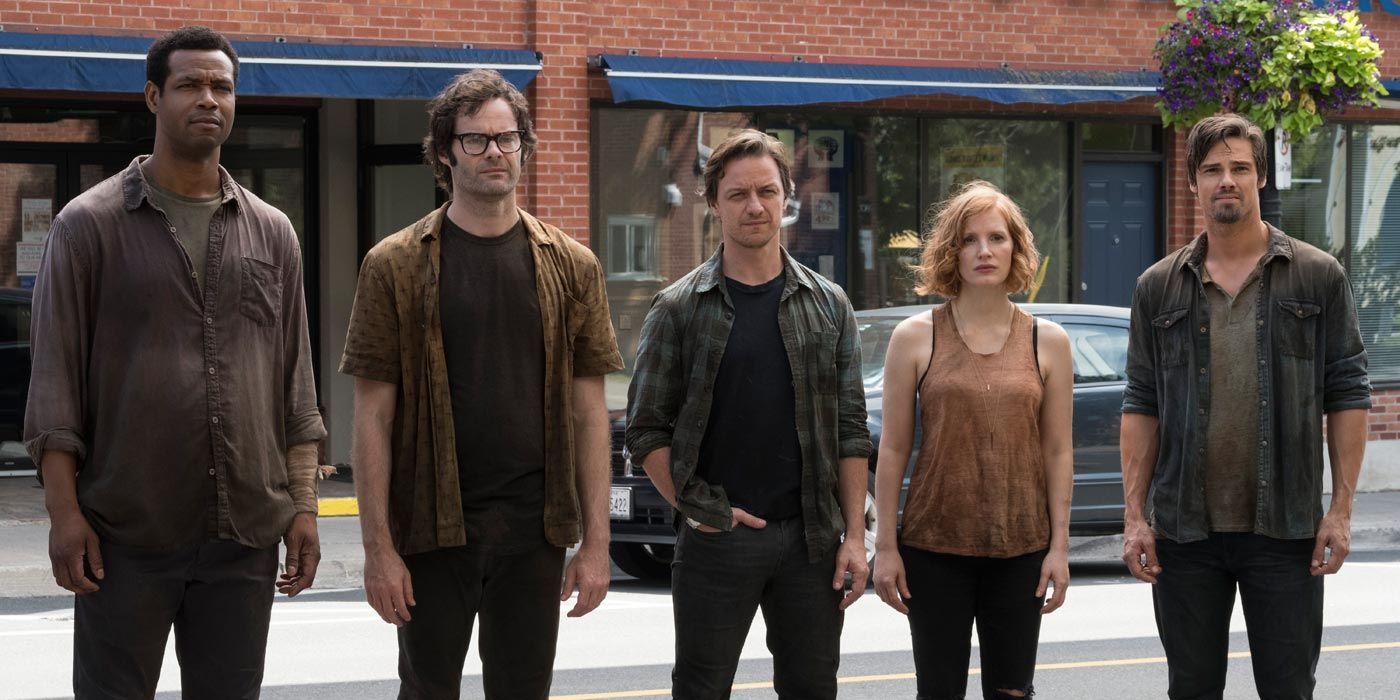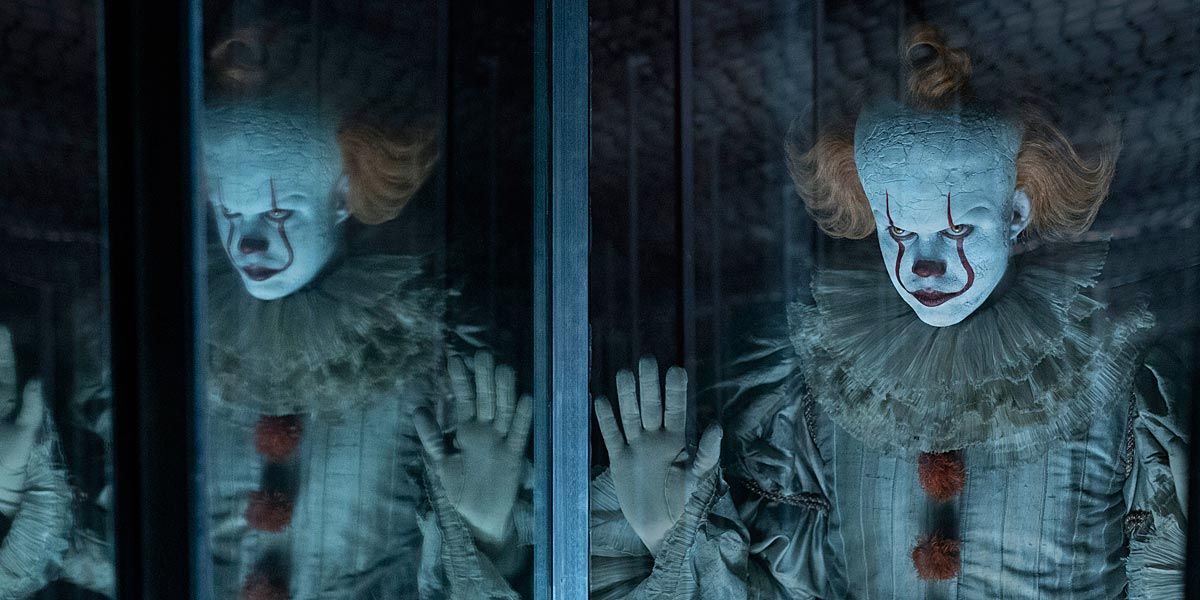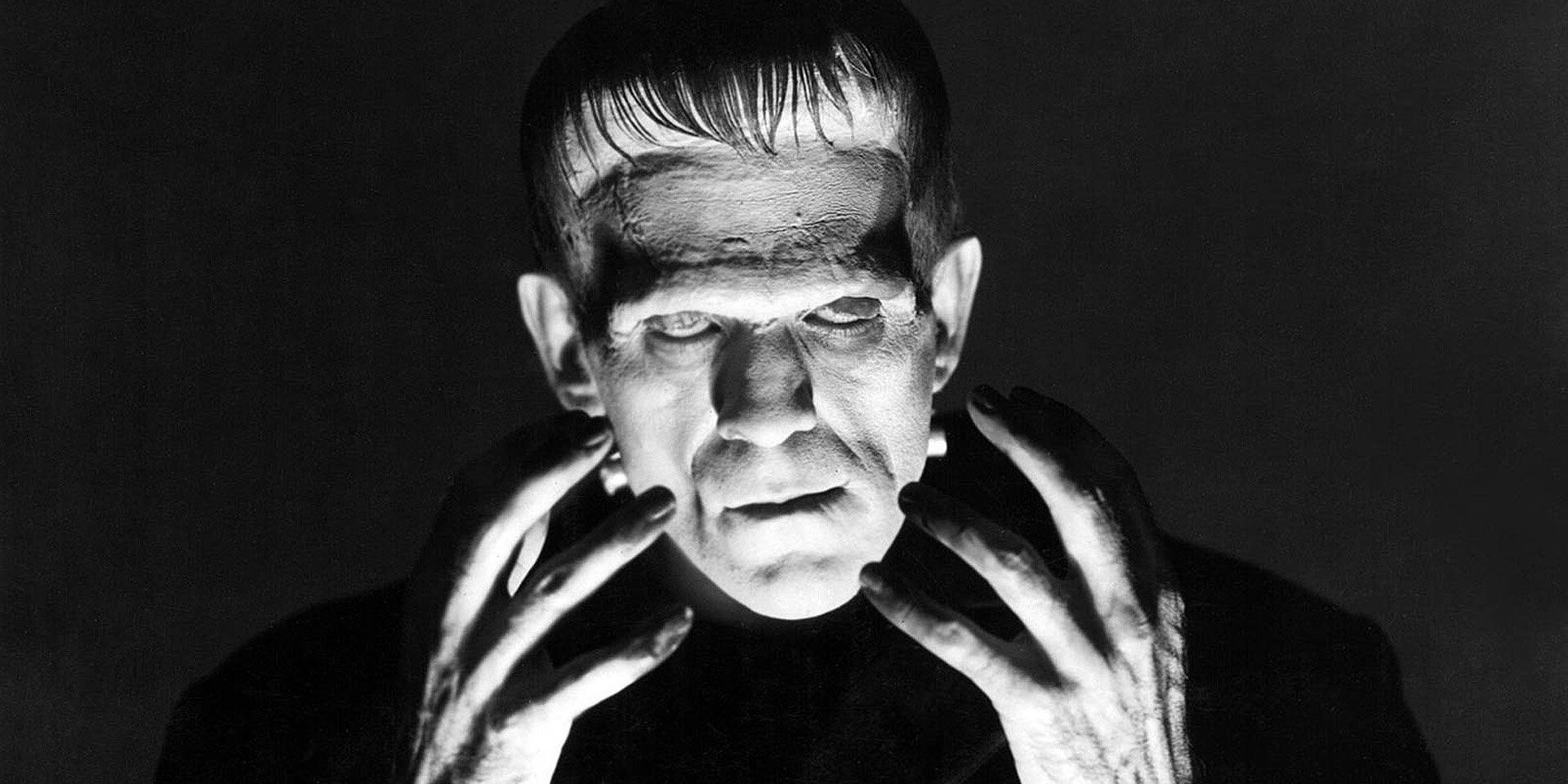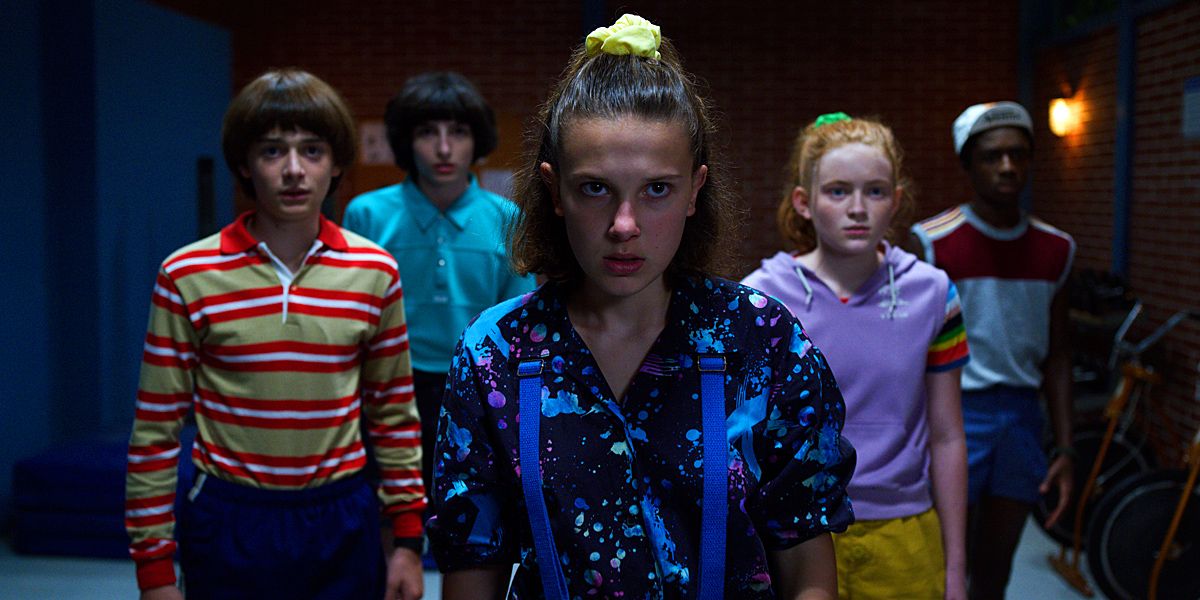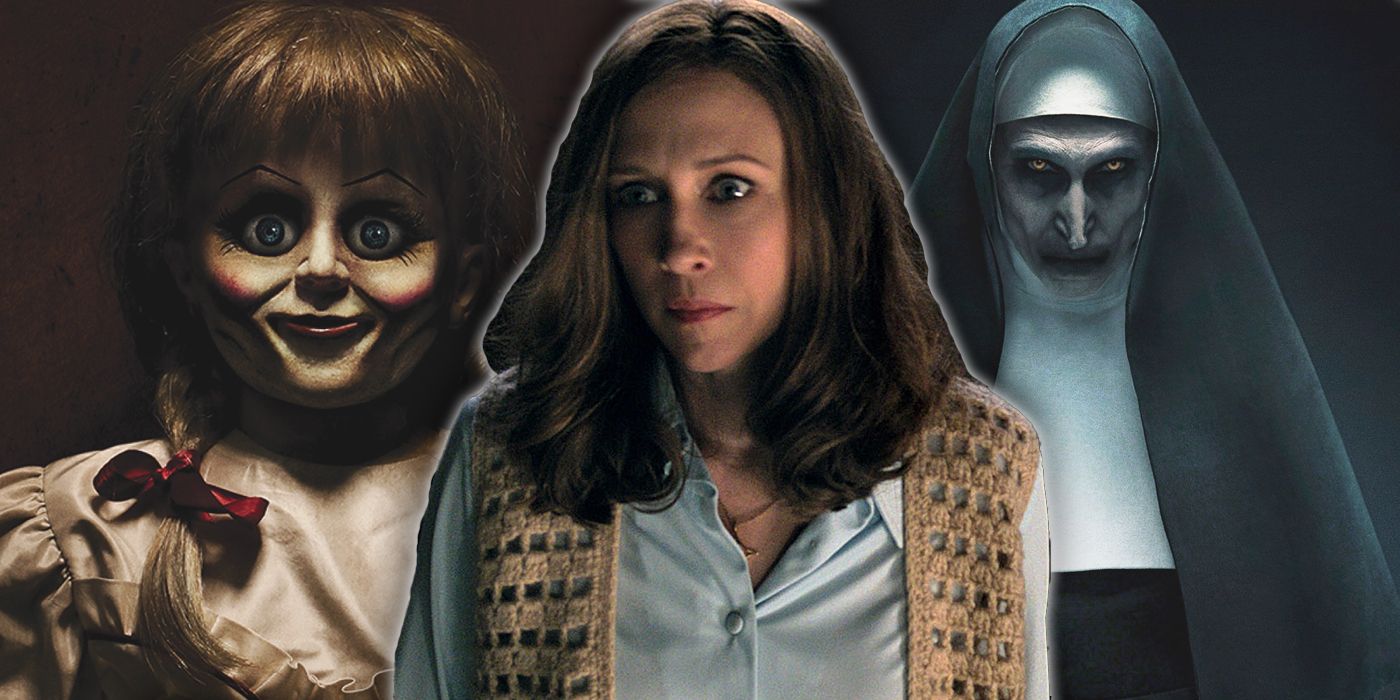Horror films have always drawn a huge amount of attention, be it the monster mashes of the 30s and 40s, the slasher craze of the 80s, or the Satanic panic films of the 70s. But in the 2010s, something new came about: adventure horror films.
Codified by films like IT, The Conjuring, and Goosebumps and series like Stranger Things, adventure horror films are character-driven epics where heroes descend into horrors, going on long journeys that combine elements of action, fantasy, and comedy with the usual horror tropes. These films might not be the scariest around, but they're supremely fun. How are these films different than other horror films like The Babadook or Hereditary? Why are these films becoming popular? And what does their rise to popularity mean for the genre at large?
Defining Adventure Horror From Ordinary Horror
Horror is a genre divided into countless genres, all with their own tropes and ideas. Slashers? Exorcism films? Giallo? All different with their own respective tropes. So what defines an adventure horror from an ordinary horror story?
The adventure horror has less of an emphasize on pure horror. Sure, there are horrific scenes, but none of them are as intense as they could be. In an adventure horror film, the scare usually culminates in the villain making themselves known, whereas in other genres, the villain does something else after appearing. Compare any scene involving Pennywise or the Demogorgon with Michael Myers or Freddy Krueger. When Pennywise appears, unless his scene involves a tertiary character, Pennywise probably won't be killing someone. When Michael Myers comes, someone is dying.
This is perhaps because adventure horror needs to balance out the humor and action elements of the story. If a story is too horrific, it overshadows the adventure.
Furthermore, most adventure horror films feature an element of adventure. The protagonists are journeying into mystery, which means that every action that takes place occurs within the protagonist's locus of control.
RELATED: It: Chapter Two Stars Hader & Chastain Talk On-Set Injuries & Scares
Due to the nature of adventure horror, it can cover a lot of ground. Films like The Nun and The Conjuring feature supernatural horror, whereas Stranger Things is a cosmic horror story. It is less a true sub-genre of horror and more of a style of horror which can be applied to any sub-genre.
The History of Adventure Horror
By this definition, several horror stories throughout history apply to this genre. The old monster stories told and retold by Universal and Hammer Studios, all count as adventure horror stories. But come the 60s, this style died out in favor of the more cold, realistic horror, offered by films such as Psycho, Peeping Tom, Night of the Living Dead, and Rosemary's Baby.
RELATED: Stranger Things: Is Eleven the Villain of Season 4?
But the moment horror films became events once more, the adventure horror returned. Jaws, undeniably, counts as an adventure horror film. So do later 80s and 90s classics like Gremlins and The Mummy. There is a debate to be had that sequels to pure-blooded horror films that upped the action and adventure tropes, such as Aliens and Army of Darkness, count as adventure horror as well. Undeniably, the most lavish of all these adventure horror films is Bram Stoker's Dracula, a film that was incredibly light on real scares but heavy on just about every adventure trope around.
That said, the modern adventure horror films draw most heavily from the ultimate 80s nostalgic adventure film: The Goonies. That, of course, and Stephen King's horror novel, It. And it is that element -- nostalgia -- along with the changing market of cinema that has resulted in so many of these adventure horror films being made.
Nostalgia
The nostalgia of films like The Goonies and the novels of Stephen King have, in many ways, spurred on the modern adventure horror films of today. The Duffer Brothers, before making Stranger Things, wanted to make an adaptation of IT, and it shows. The two share several plot points in common, but most important of these tropes is the gang of friends teaming up to stop some otherworldly monster.
RELATED: Stranger Things: Season 3 Series Bible May Confirm Another Queer Character
But Stranger Things also credits several films by Steven Spielberg's Amblin Entertainment, such as E.T., as an influence.
Likewise, James Wan drew from several classic horror films, such as The Haunting and The Exorcist, when creating The Conjuring, which spurned onto its own universe of films. Wan's films have always derived from prior classics -- Insidious, his prior horror film, has much in common with both Poltergeist and The Twilight Zone episode "Little Girl Lost."
RELATED: Spider-Man, Stranger Things & the Enduring Appeal of Ordinary Heroes
All of this indicates that a core inspiration for the adventure horror films of today are the adventure horror films of yesteryear, which left a heavy impact on a select number of talented creators.
The Event Film
In the last twenty years, movies have become cultural events. To be successful, a film can't simply be a movie. It has to be the movie. It has to appeal to a broad audience. Tent-pole films appeal to as big a demographic as possible -- including horror films.
RELATED: Scary Stories & Annabelle Are Fascinated With the Same Era
Pure horror films like The Babadook, The Witch, and Hereditary are highly successful films, but they aren't events in the same way IT or Stranger Things are. The former films are simply too disturbing for mainstream audiences to enjoy. Mainstream audiences can endure the initial horror of seeing Georgie killed. While the character's death is horrific, most of the violence is off-screen. It's implied. But compare that to a similar scene in Hereditary -- those who have seen it will know the scene. Georgie's death is mostly off-screen. You don't see a close-up of Georgie's bug-nibbled head on the street, like in Hereditary.
The modern event horror film is by design more an adventure. Audiences would rather be taken on a journey than shown something profoundly horrific. And this has always been true. Consider the most financially successful horror films of all time. Films like Jaws, The Exorcist, and The Sixth Sense have several horrific moments, yes, but they all feature characters taken on an adventure. Even the slashers of old rarely showed audiences anything profoundly terrifying -- though some, like A Nightmare on Elm Street and Texas Chain Saw Massacre are admittedly horrific.
If a horror film is going to get a big-studio budget, it needs to fit a certain formula the studios deem safe. In the end, everyone profits. Mainstream audiences can have fun getting scared, hardcore horror fans can have their pure nightmare fuel, and the film industry can profit off of both's continual success. Long live the adventure horror film.

